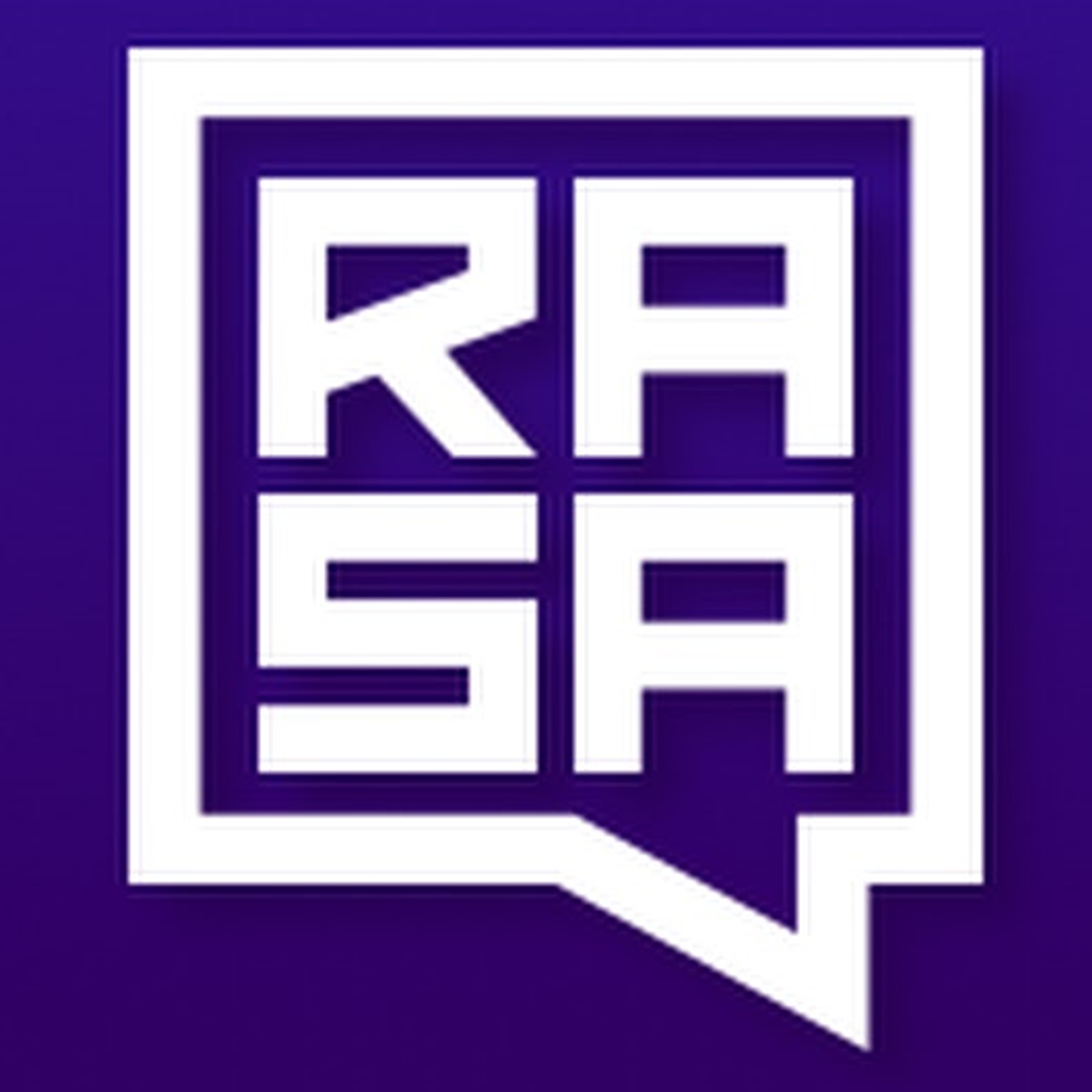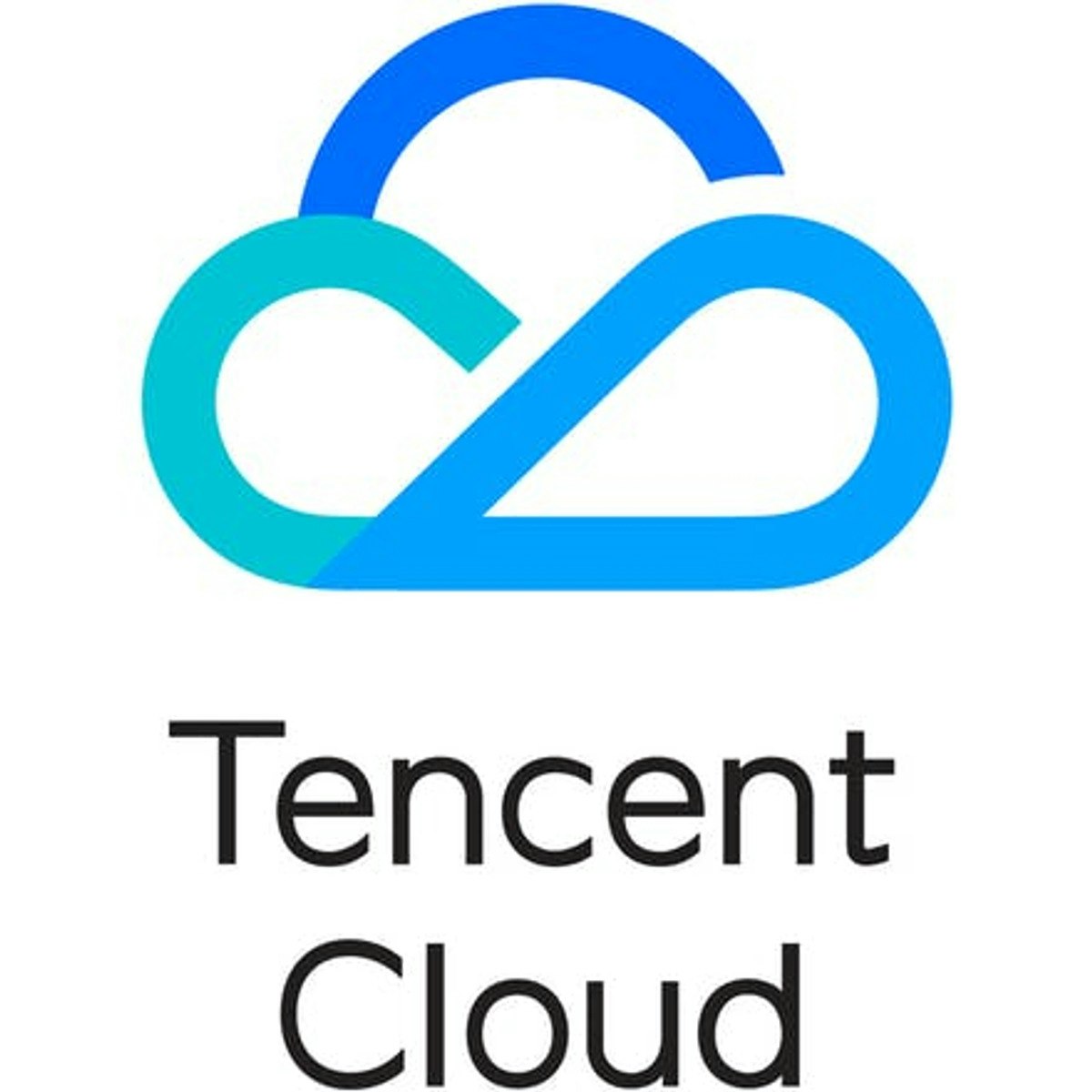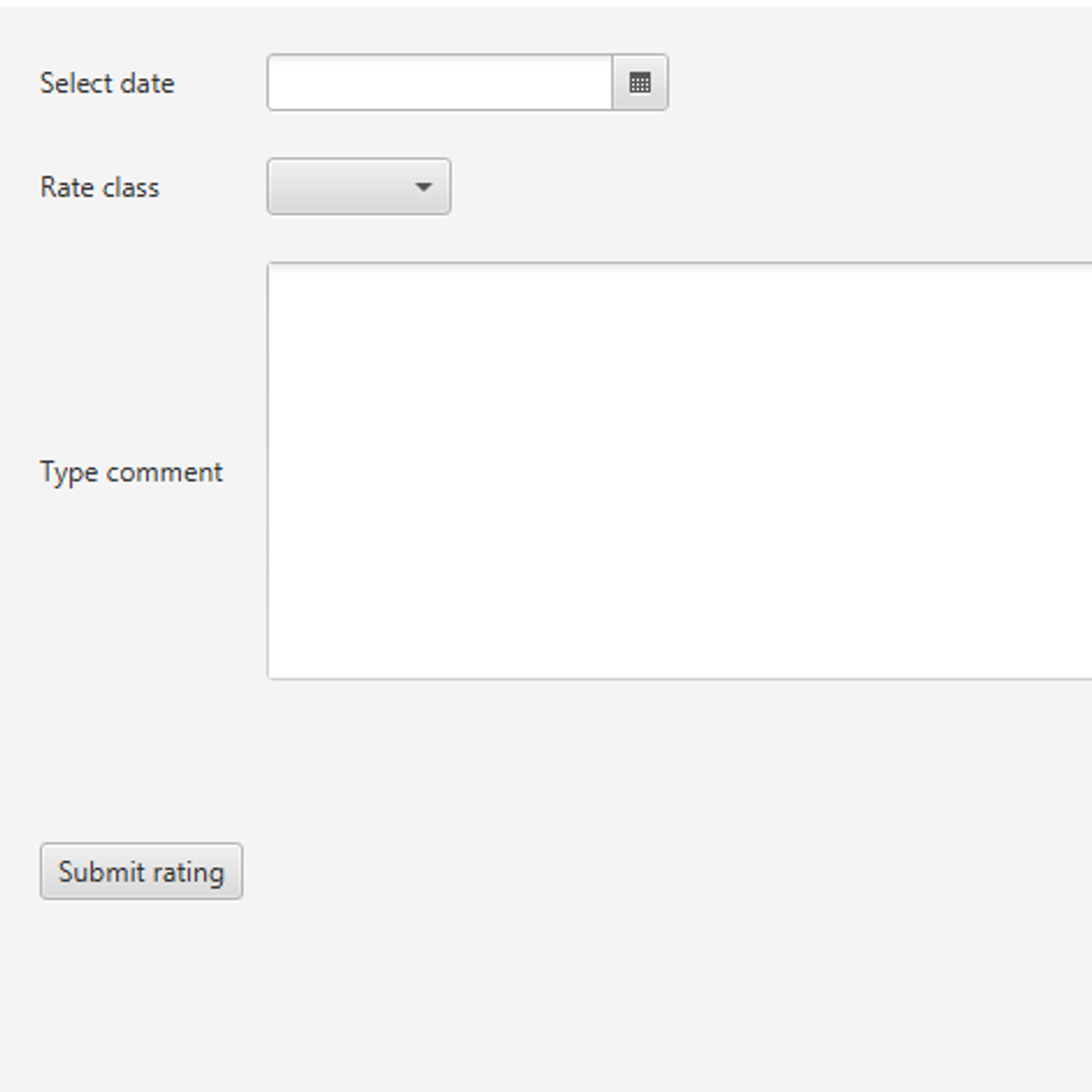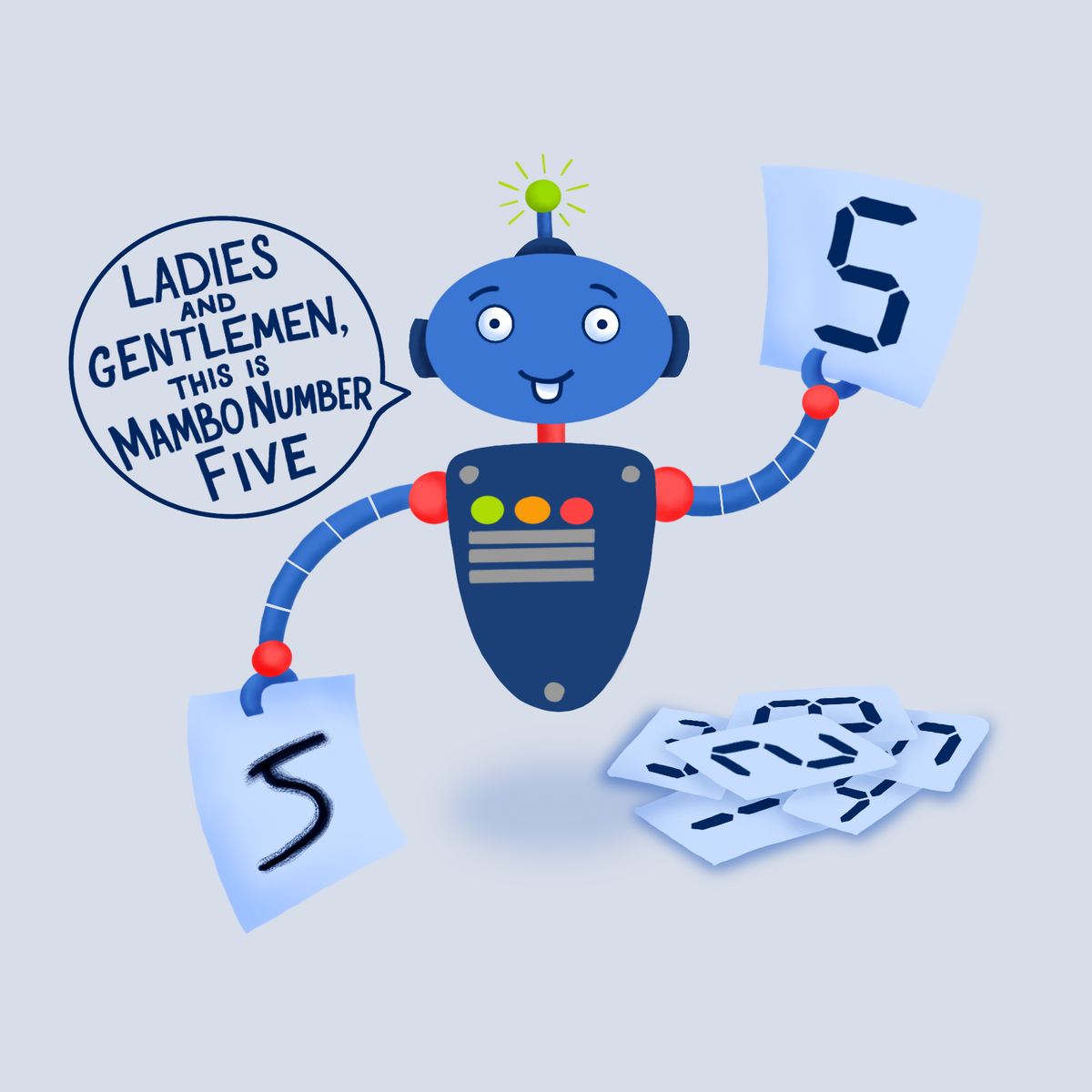Back to Courses









Software Development Courses - Page 102
Showing results 1011-1020 of 1266

Using the Natural Language API from Google Docs
This is a Google Cloud Self-Paced Lab. In this hands-on lab, you will use Apps Script to call the Natural Language API from Google Docs to analyze the sentiment of selected text in the document.

Introduction to Parallel Programming with CUDA
This course will help prepare students for developing code that can process large amounts of data in parallel on Graphics Processing Units (GPUs). It will learn on how to implement software that can solve complex problems with the leading consumer to enterprise-grade GPUs available using Nvidia CUDA. They will focus on the hardware and software capabilities, including the use of 100s to 1000s of threads and various forms of memory.

Connecting Rasa Chatbot to External Platforms
In this 1-hour long project-based course, you will learn how to connect Rasa Chatbot to external platforms. We will first look at enable a encrypted connection (HTTPS) using a proxy server from Ngrok. We will then look at how to connect to Facebook Messenger using Facebook Developer Account. We will look at how to create custom buttons like quick replies and Carousel Cards for listing elements.
We will then move on to look at how to connect the chatbot to Telegram and how to customize buttons and add attachments to a response. Finally, we will also look like how to integrate the bot on the business communication platform Slack. By the end of the project, you will be able to connect your chatbot to external users on public platforms.
Note: This course works best for learners who are based in the North America region. We’re currently working on providing the same experience in other regions.

Introduction to Sentiment Analysis in R with quanteda
In this guided project, you will learn how to import textual data stored in raw text files into R, turn these files into a corpus (a collection of textual documents), and tokenize the text all using the R software package quanteda. You will then learn how to check for words with positive or negative sentiment within the text, and how to plot the proportion of use for these words over time, while stratifying by a third variable. You will also learn how to carry out a targeted sentiment analysis by looking for words with a positive or negative sentiment that are adjacent to relevant keywords or phrases, and how to compare the results of a targeted sentiment analysis with the results of a generic analysis.

Logistic Regression 101: US Household Income Classification
In this hands-on project, we will train Logistic Regression and XG-Boost models to predict whether a particular person earns less than 50,000 US Dollars or more than 50,000 US Dollars annually. This data was obtained from U.S. Census database and consists of features like occupation, age, native country, capital gain, education, and work class.
By the end of this project, you will be able to:
- Understand the theory and intuition behind Logistic Regression and XG-Boost models
- Import key Python libraries, dataset, and perform Exploratory Data Analysis like removing missing values, replacing characters, etc.
- Perform data visualization using Seaborn.
- Prepare the data to increase the predictive power of Machine Learning models by One-Hot Encoding, Label Encoding, and Train/Test Split
- Build and train Logistic Regression and XG-Boost models to classify the Income Bracket of U.S. Household.
- Assess the performance of trained model and ensure its generalization using various KPIs such as accuracy, precision and recall.
Note: This course works best for learners who are based in the North America region. We’re currently working on providing the same experience in other regions.

Tencent Cloud Developer Associate
This course equips learners with a foundational knowledge in cloud application development and prepares them to take the Tencent Cloud Developer Associate examination. After completing this course, learners will be able to reconstruct and migrate traditional applications to the cloud and design and develop cloud native applications and distributed microservices using Tencent Cloud.

A simple course rater with JavaFX choice box and text area
In this project, you will create a simple GUI application in jGrasp using the JavaFX framework. The components of the interface will be arranged in a Grid Pane container. A template program for rating a course is provided to which you will create and add a choice box with ratings such as excellent, good, and poor, a text area to type in comments, and a date picker. When you click on a button the program will display the selected date picked, selected choice box, and typed comments.

Getting Started with Azure
This course in an introduction to Microsoft Azure services. Students will gain familiarity with core Azure topics and practice implementation of infrastructure components.

Create Python Linux Script to Generate a Disk Usage Report
There are many choices when it comes to writing scripts on Linux. The bash shell script has been a popular choice, since the bash shell itself is a programming language and the commands used in the script match the syntax of the shell. Python is becoming increasingly popular for scripting on Linux because of its simple syntax, easy access to Linux system commands, and powerful libraries with which to create reports, for example. In addition, Python can be used in other applications and on multiple platforms, so there is also the benefit of learning one language for many programming requirements.
In this course, you will create a Python script in which you will determine disk space and generate a report on disk usage on an Ubuntu Linux system.
Note: This course works best for learners who are based in the North America region. We’re currently working on providing the same experience in other regions.

Basic Image Classification with TensorFlow
In this 2-hour long project-based course, you will learn the basics of using Keras with TensorFlow as its backend and use it to solve a basic image classification problem. By the end of this project, you will have created, trained, and evaluated a Neural Network model that will be able to predict digits from hand-written images with a high degree of accuracy. You also will have learned the fundamentals of neural networks, TensorFlow, and Keras.
Note: This course works best for learners who are based in the North America region. We’re currently working on providing the same experience in other regions.
Popular Internships and Jobs by Categories
Browse
© 2024 BoostGrad | All rights reserved


